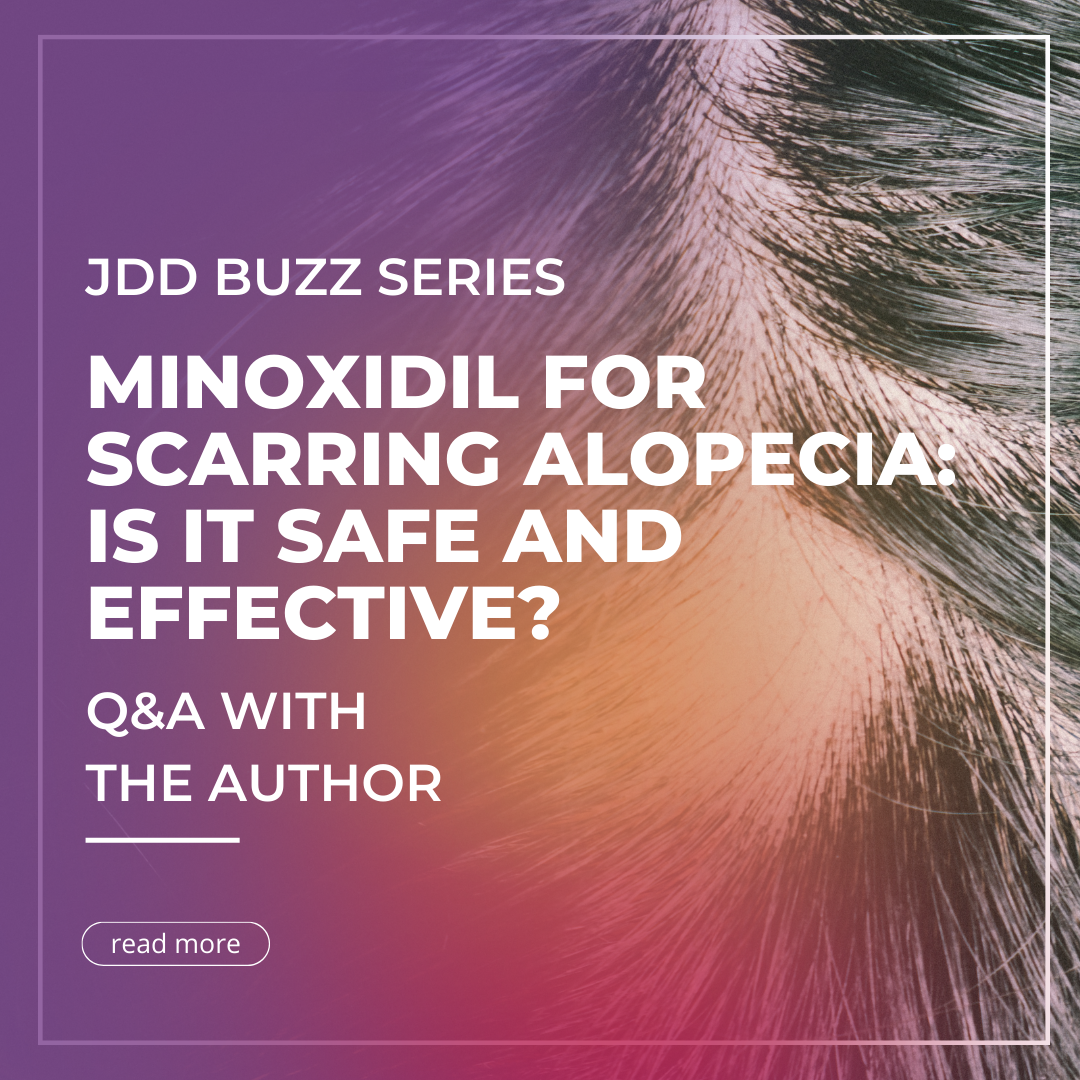Topical minoxidil and, more recently, low-dose oral minoxidil are often used to treat hair disorders. But are these treatments safe and effective for scarring alopecia? A scoping review published in the March issue of the Journal of Drugs in Dermatology sought to determine what research says about the use of these treatments for central centrifugal cicatricial alopecia, frontal fibrosing alopecia, lichen planopilaris and traction alopecia.
I interviewed one of the authors, dermatologist Song Y. Park, MD, of the University of Washington Department of Medicine, to find out what led the team to conduct this review and what prescribers should know.
What led you to want to investigate minoxidil as a treatment for scarring alopecia?
We were compelled to investigate minoxidil for scarring alopecia due to its prevalent impact, which accounts for 10-30% of hair loss cases. Notably, there’s a substantial gap in approved treatments for scarring alopecia, and minoxidil, while widely used, had its efficacy and safety profile for this specific condition largely undocumented. Given its growing use and the convenience of its oral form, it would be important to explore this treatment avenue thoroughly.
What were the key findings of your comprehensive review?
Our comprehensive review revealed that most participants observed improvements in terms of disease stabilization and hair regrowth with both topical and low-dose oral minoxidil. We found that low-dose oral minoxidil was well-tolerated with minimal side effects, which supports its potential as a viable treatment for scarring alopecia.
Did the results affirm your hypothesis or surprise you?
The positive outcomes from minoxidil treatment in our review did affirm our hypothesis, though the extent of the benefits and the prompt response to treatment were indeed compelling. These observations strengthen the case for minoxidil as an effective treatment for scarring alopecia, but also highlight the necessity for further extensive studies.
What are some takeaways from this study? What should dermatologists who treat scarring alopecia consider in light of this study?
Dermatologists should consider the use of minoxidil in their treatment plans not only for non-scarring conditions, but also for scarring alopecia, given the promising results of our study. Indeed, many patients with scarring alopecia have underlying non-scarring, androgenetic alopecia or female pattern alopecia, which may benefit from minoxidil. The findings suggest that minoxidil can play a significant role in managing the condition, but it’s important to note the variability in responses. Personalized treatment approaches, therefore, remain essential.
Do you plan to conduct any additional studies based on these results?
In light of these results, we definitely see the value in conducting additional studies. Our goal is to establish more definitive efficacy and safety profiles for minoxidil in scarring alopecia treatment. We are particularly interested in studies with objective outcomes to gain a clearer understanding of the benefits and potential side effects of minoxidil.
Did you enjoy this JDD Buzz article? You can find more here.

